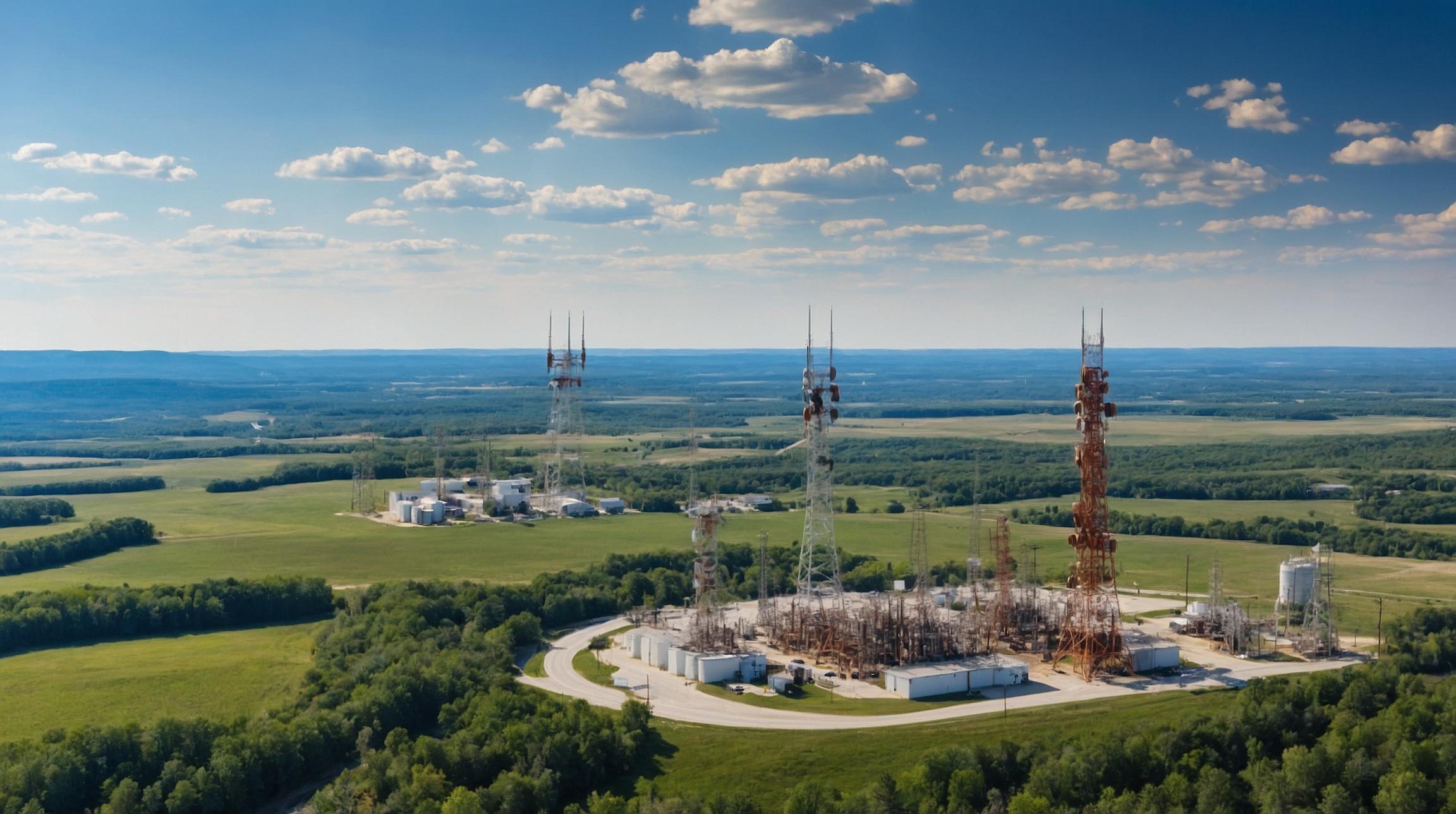Chinese Space Startups Race to Catch Up with SpaceX
Chinese space startups are determined to achieve the same milestones that SpaceX accomplished a decade ago. Their focus is on reducing costs and developing reusable rockets, as they attempt to bridge the gap between themselves and the dominating force of SpaceX. The American company achieved a remarkable total launch mass of 1,286 tons in a recent year, firmly maintaining its dominance in terms of payload.
The China Aerospace Science and Technology Corporation (CAST), a significant player in China’s space sector, has openly acknowledged the technological gaps that exist between China and leading private space companies like SpaceX. This admission highlights the limitations of China’s state-led space sector, which has historically struggled with innovation.
In contrast, private Chinese space enterprises are dedicated to reducing costs and improving the competitiveness of the space sector. The cost of space transportation in China currently stands at around 120,000 yuan (US$16,683) per kilogram, a stark contrast to SpaceX’s service prices, which have been reduced to approximately 5,000 US dollars. Companies like i-Space are actively developing low-cost, high-performance commercial reusable launch vehicles with the goal of cutting launch prices to less than half of the current cost by 2025.
The primary focus of these companies is on building reusable rockets, with a particular emphasis on vertical takeoff and landing (VTOL) technology, pioneered by SpaceX. For example, i-Space’s Hyperbola-2 verification rocket successfully completed its second flight test, achieving a remarkable “grasshopper jump” of over 340 meters in height. The company plans to launch the Hyperbola-3 rocket by the end of 2025, designed for orbit entry, Earth return, and reuse.
Furthermore, China is making significant strides in industrialized satellite manufacturing, effectively reducing production costs and shortening research and development cycles. The establishment of the satellite super factory in Taizhou and the adoption of the AIT (satellite assembly, integration, and testing) model represent notable advances towards innovative mass production, demonstrating China’s ambitious plans to enhance the global competitiveness of its space industry.
Analyst comment
Neutral News: Chinese Space Startups Race to Catch Up with SpaceX
As an analyst, it is likely that the market for space technology and satellite manufacturing will become more competitive as Chinese space startups focus on reducing costs and developing reusable rockets. While China’s state-led space sector has historically struggled with innovation, the support for private space companies indicates a shift towards a more dynamic and competitive landscape. However, Chinese companies still have a significant technological gap to bridge, especially in terms of cost-effectiveness and reusability. As they make strides in industrialized satellite manufacturing and focus on building reusable rockets, the market may see increased competition and potentially lower prices in the future.













